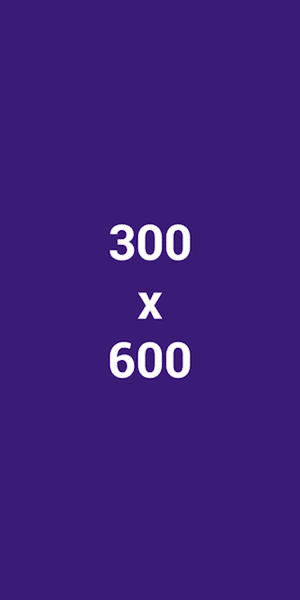Decoding the Mystery: Understanding Bitcoin Halving and its Effect on Cryptocurrency Value
With the explosion of interest in cryptocurrencies in recent years, one term that often leaves newcomers scratching their heads is ‘Bitcoin halving.’ So, what exactly is the Bitcoin halving, and why does it profoundly affect the value of the most popular cryptocurrency? This article covers the topic by tackling everything you need to know about Bitcoin halving.
What is Bitcoin Halving?
Bitcoin halving is far from a hocus-pocus phrase thrown around in the cryptocurrency community; it’s an integral part of how Bitcoin works. It pertains to the reduction by half of the number of new bitcoins created and earned by miners, and it happens approximately every four years, or precisely every 210,000 blocks.
The last halving was back in May 2020 when the reward dropped from 12.5 to 6.25 bitcoins. This reduction process will continue roughly until the year 2140, at which point, all 21 million bitcoins would have been mined. At this point, no new bitcoins will be created.
Bitcoin Halving and Cryptocurrency Value
The Bitcoin halving process plays a critical role in determining Bitcoin’s value, and here’s how: It boils down to the classic principle of supply and demand.
As the reward for mining bitcoins diminishes over time, fewer bitcoins enter circulation. This constriction of supply creates a scarcity, and assuming demand remains constant or increases, the value naturally goes up. The demand is fueled by more individuals and companies accepting and trading in Bitcoin and this is where the whole supply versus demand dynamic comes in. If the supply decreases (which is what happens during a halving) and demand increases, the price per Bitcoin has the natural tendency to increase.
What to Expect from Future Bitcoin Halvings?
The past Bitcoin halvings leaves future predictions viable. The first halving, which happened in 2012, reduced the reward from 50 to 25 bitcoins. The second, in 2016, slashed it to 12.5 bitcoins. In both instances, Bitcoin’s value soared.
However, there’s more to the equation. Various other factors such as technological advancements, regulatory changes and shifts in the broader economy also play a significant role in determining the value of Bitcoin. As such, while halving is likely to lead to a surge in price, it’s not guaranteed. Hence, it’s important to keep a watchful eye on the market and trends.
The Conclusion
Bitcoin halving plays a key role in regulating the supply of bitcoins and thereby impacts the cryptocurrency’s value. By understanding this process, the mysterious world of cryptocurrencies will seem less befuddling. Remember, the world of cryptocurrency investment can be highly volatile and unpredictable. Always ensure to do your research and consider consulting with a professional.
For more insights related to the world of cryptocurrency, visit DeFi Daily News for trending news articles.
FAQs section
What is Bitcoin Halving?
Bitcoin Halving is the event where the number of generated Bitcoin rewards per block will be halved (divided by 2).
When is the Next Bitcoin Halving?
Bitcoin halvings are scheduled to occur every 210,000 blocks – roughly once every four years – until the maximum supply of 21 million bitcoins has been generated by the network. The next halving should occur in 2024.
Why does Bitcoin Halving Matter?
The reason Bitcoin halving garners so much attention and is crucial is that the event influences Bitcoin’s price. It creates a supply shortage, leading to a potential price increase if the demand remains high.
Can you predict the price increase?
The overall trajectory has been upwards following the two previous halvings. However, the specific price impact of the halving is nearly impossible to predict. Factors such as market demand and broader economic changes can significantly influence Bitcoin prices.



















